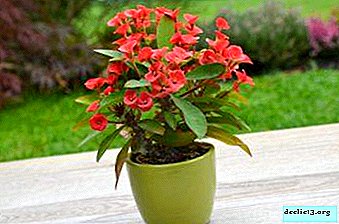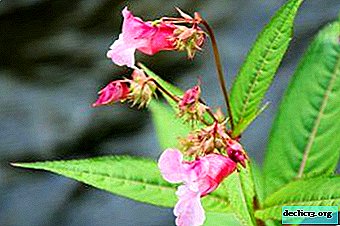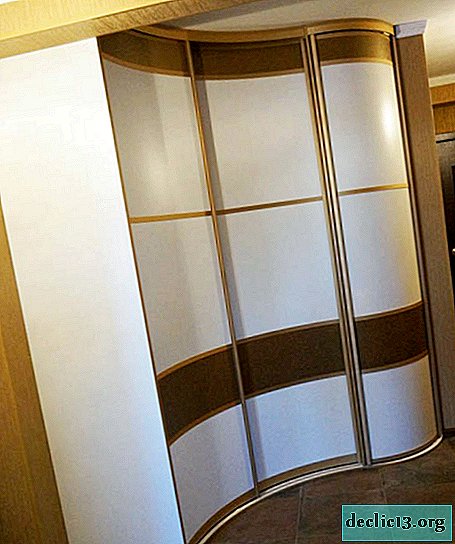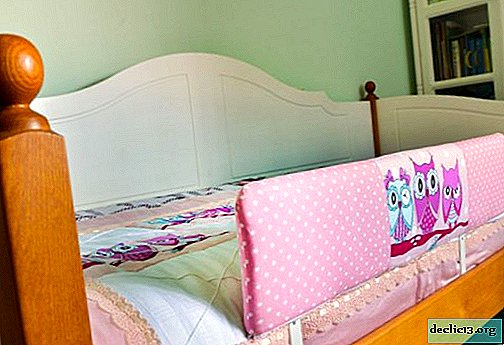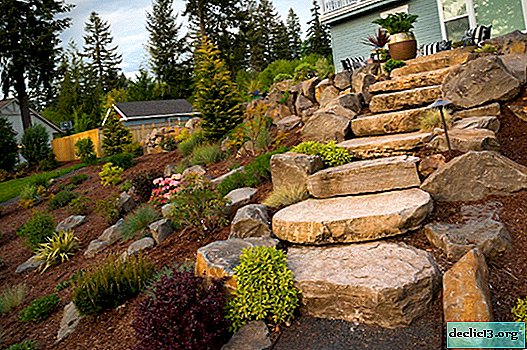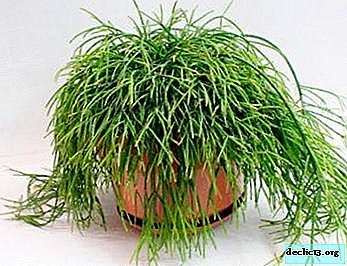The most important condition for growing a healthy plant: the right soil for aloe
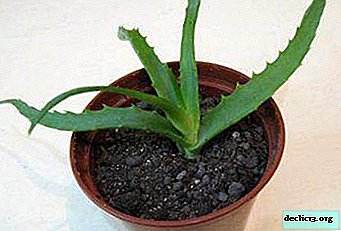
Aloe is a succulent plant, whose homeland is the island of Madagascar, the territory of Africa, Morocco, India, China.
The flower not only has an original appearance, but also has many useful properties - healing and cosmetic.
Not so long ago, it became known that volatile, included in its composition, effectively disinfect indoor air. However, the benefit of the plant can be expected only with proper care.
The Importance of Proper Soil for Indoor Succulents
The success of the grower in growing aloe lies in the right soil. Even careful maintenance will not be able to compensate for inappropriate soil composition. A well-developed root system is the key to the full development of the terrestrial part of the plant. Namely, the leaves are especially important for the preparation of medicinal products from aloe.
In the natural environment, succulents grow in countries where it is hot and there is little rain. The soil in these places is mainly sandy or clay, with a high iron content. In our climate, it has been observed that aloe prefers turf or deciduous land.
It is also important for the flower that the earth is breathable, loose, had good drainage.
If the soil does not suit the plant’s taste, it can react sharply: turn yellow and die soon, if not transplanted in time (on how to transplant aloe correctly, read here).
The composition of the soil for growing at home
What land is needed for indoor aloe? Primarily, in order to please the plant, the growth medium is better to choose neutral or slightly acidic, pH 6.5-7. Nothing reduces the life of a succulent so much as compacted soil and lack of oxygen. If there is no air access to the roots, the flower cannot fully develop. As baking powder suitable:
 gravel;
gravel;- perlite;
- vermiculitis;
- brick chips;
- charcoal.
Regardless of the aloe variety, the basic components of the soil mixture are:
- turf land;
- deciduous land;
- coarse sand;
- humus.
The proportions of the optimal composition of the soil mixture, respectively, 2: 1: 1: 1.
If you cut the pot vertically, you will see a “layer cake”:
- the lower part is a drainage layer about 2 cm thick;
- middle layer - soil mixture;
- top layer is gravel or coarse sand.
Suitable soil to plant on the street
With the advent of spring, it is recommended to take the aloe pot out onto the street. or planted in open ground. If you decide to plant a flower, then it is important to know some of the nuances when choosing a place:
- a lot of sun;
- do not choose lowlands where moisture stagnation is possible;
- preferably sandy soils.
In principle, the composition of the soil for aloe needs the same as in a pot. It is better to perform a transplant directly with a lump of soil in which it grew. If there is not enough sand in the ground, you can add it, and after digging a plot for planting a flower. The bottom of the pit should be laid out with expanded clay or other drainage. Watering is rare (how to water aloe properly?).
Purchased soil
For inexperienced gardeners, purchased soil is the ideal solution. After all, it has already collected all the useful components for aloe and in the right proportions. Ready soil is sold in any flower shop, and you no longer need to disinfect it. Everything is ready - take it and plant it. No need to waste time collecting and preparing all the components.
You should buy soil for cacti or for succulents. A package of land of 2.5 liters costs from 30-50 rubles. If this is not the case, such a mixture is suitable: universal soil 4/5 parts and 1/5 part of sand.
Top dressing
So that the nutrients benefit the plant and not harm, It is important to adhere to certain rules when fertilizing aloe:
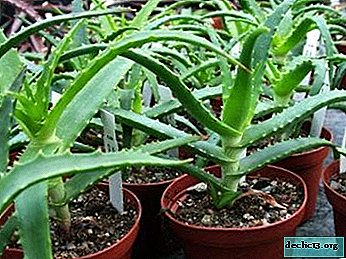 A recently transplanted flower does not need additional nutrition in a new land. In the ground there are enough useful micro and macro elements necessary for development. Only six months later it is worth thinking about fertilizers.
A recently transplanted flower does not need additional nutrition in a new land. In the ground there are enough useful micro and macro elements necessary for development. Only six months later it is worth thinking about fertilizers.- Before applying top dressing to the soil, it is necessary to moisten it. Pour a weakly concentrated solution into the pan. Or pour on top, but only along the edge of the pot so as not to burn the leaves and trunk of the flower.
- Aloe fertilizer is in the warm season, from May to September. It is enough once every two weeks and the flower will actively grow.
Experienced growers recommend the use of fertilizers brands "Bona Forte" and "Life Force." They well strengthen the root system, activate metabolic processes, stimulate growth, increase plant resistance to diseases.
The consequences of fluid stagnation and poor ventilation in a pot
As already mentioned, aloe does not tolerate fluid stagnation in a pot. If there is no drainage layer or it is of poor quality, then the water will be retained for a long time. In this case, the root system will rot. For aloe, this phenomenon is fatal, since the flower in the wild grows in dry lands, even in deserts. It tolerates drought more easily than excess fluid.
An equally dangerous moment for aloe is poor ventilation in the pot. When air cannot penetrate into it unhindered. This is due to the lack of natural disintegrants in the soil. The consequences of compacted earth are yellowness and drying of leaves.
Conclusion
In this way, when transplanting, it is important to pay attention to the components of the soil mixture for aloe, as well as their quality. In no case should you forget about drainage. All components must be disinfected, in order to avoid infection of aloe.
Also add a lot of baking powder to the soil, about 1/3 of the total mass. Subject to the recommendations, the plant will confidently and powerfully stretch upwards, actively increasing its green mass.

 gravel;
gravel; A recently transplanted flower does not need additional nutrition in a new land. In the ground there are enough useful micro and macro elements necessary for development. Only six months later it is worth thinking about fertilizers.
A recently transplanted flower does not need additional nutrition in a new land. In the ground there are enough useful micro and macro elements necessary for development. Only six months later it is worth thinking about fertilizers.